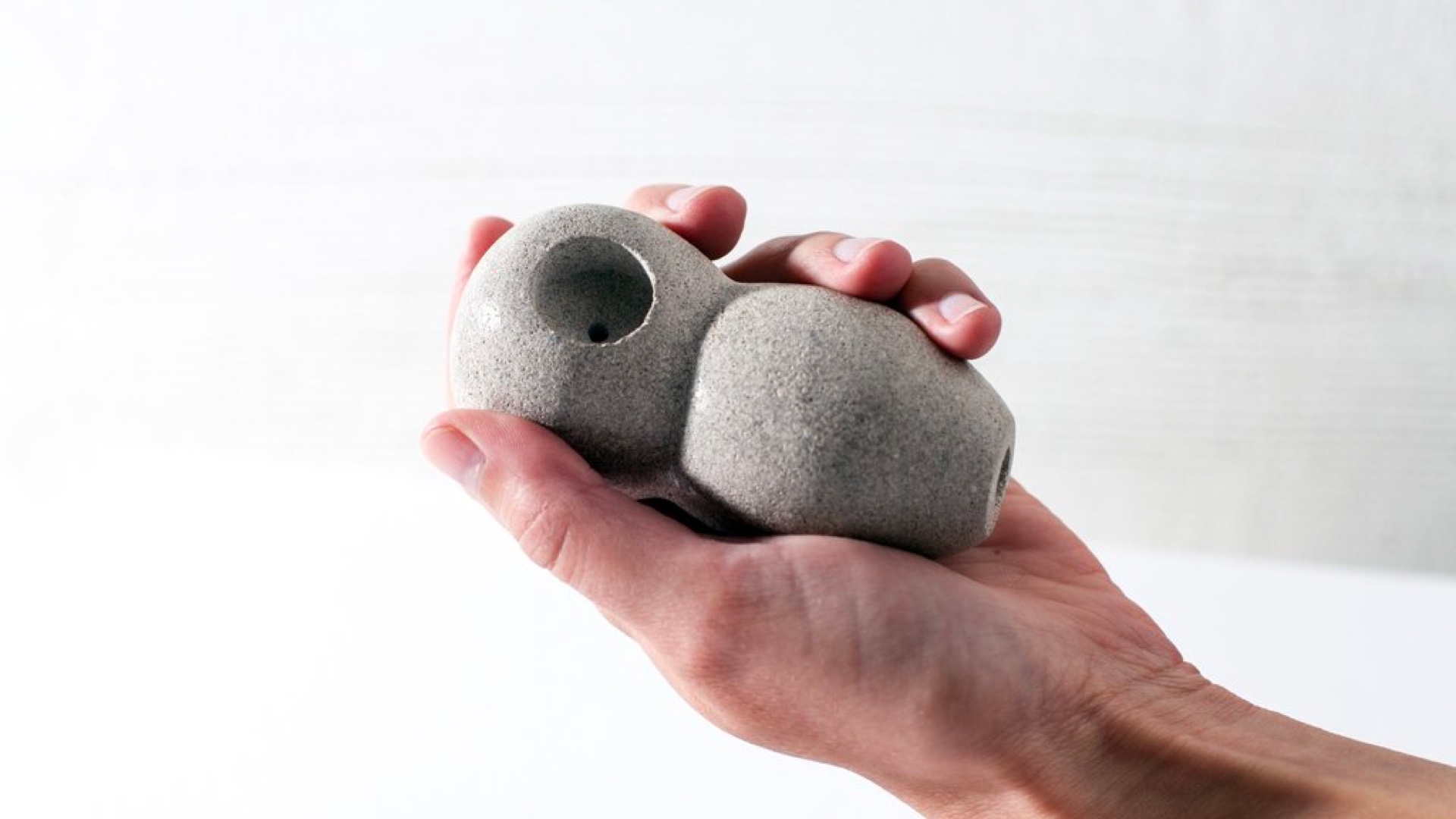Hives by Konstantin Grcic are hexagonal bricks inspired by bee architecture
Italian brand Mutina has commissioned the German industrial designer to create Hives, a terracotta brick with limitless expandability.

Hives is a functional and versatile hexagonal brick that can be used to build walls, architectural structures and furnishings thanks to its particular shape inspired by one of nature’s most complex patterns — the honeycomb.

The graphic material offers a range of possible structures and configurations from walls to columns, counters, dividers, and much more.
The terracotta brick can be used both indoor and outdoor, placing the elements in different positions in order to create contemporary and innovative aesthetic solutions.

It can be installed in different ways: upright (vertically) or flat (horizontally), laid flush or staggered, creating various structures including curved walls.
The brick is made of terracotta, a similarly time honoured material that preserves the acoustic and thermal properties with a warm shade and tactile texture.
The module is produced by extrusion, an artisanal technique that allows the brick with an organic structure and always unique and unexpected details.

As all Mutina collections, Hives is created with full respect for the environment:
- the base body is free from V.O.C. (Volatile Organic Compounds)
- substances on the Substances of Very High Concern (SVHC) list and Restricted Substances Declaration
- the packaging is fully recyclable
Furthermore, the elements are extremely hygienic, durable, resistant and recyclable.

Reinventing the wheel with nature
“I would have loved to design a rectangular brick, but that has already been done,” says Grcic.
“The hexagon is interesting, because it is both geometric and organic. It looks technical, but it was invented by nature. Beehives are modelled from hexagons – it is the most efficient geometry to achieve an almost infinitely expandable structure”.
“Although the hexagon is a geometric form, it originates from nature,” says Mutina.
“For this project, the designer drew inspiration in the first place from beehives: extremely efficient constructions, almost infinitely expandable.”
















